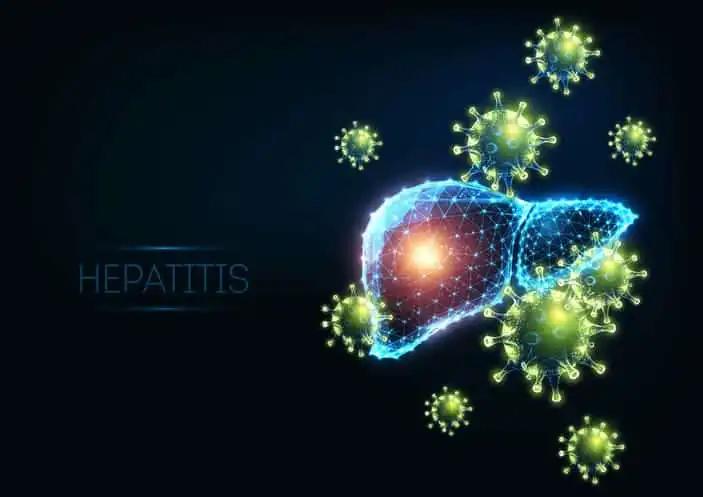KEY TAKEAWAYS
- The phase 3 HIMALAYA study aimed to assess the safety and tolerability of the STRIDE regimen compared to sorafenib (S) in patients with uHCC.
- Participants who received at least one dose of STRIDE or S were included in the study. The safety of the treatments was evaluated by analyzing TRAEs and imAEs.
- The results showed that STRIDE was associated with a significantly lower occurrence of any grade TRAEs and Grade 3 or 4 TRAEs than S.
- The study findings suggest that STRIDE is a well-tolerated and effective treatment option for patients with uHCC.
In the Phase 3 HIMALAYA study (NCT03298451), STRIDE (Single T Regular Interval D) significantly improved overall survival compared to sorafenib (S) and had manageable side effects (Abou-Alfa et al. NEJM Evid 2022). In the US and Japan, STRIDE is allowed for uHCC, and the European Medicines Agency says it should also be approved in Europe. In this exploratory post-hoc study, we looked at how imAEs for the STRIDE regimen changed over time in HIMALAYA. Participants (pts) who got at least one dose of STRIDE (T 300 mg [one dose] plus D 1,500 mg once every 4 weeks) or S (400 mg twice a day) were tested for safety.
Investigators looked at how the treatment caused the problem. imAEs were described as AEs of particular interest linked to drug exposure and seemed to have a mechanism of action that was immune-mediated and for which there was no clear alternative cause. Safety was summed up straightforwardly for the whole study and at certain times after treatment started.
The safety study considered 388 (STRIDE) and 374 (S) pts. The median (range) length of exposure for STRIDE (D exposure in STRIDE) was 5.5 (0.4–41.9) months, and for S, it was 4.1 (0.1–38.6) months. Treatment-related adverse events (TRAEs) of any grade and Grade 3 or 4 TRAEs happened less often with STRIDE (75.8% and 25.8%) than with S (84.8% and 36.9%). Any grade imAEs and max Grade 3 or 4 imAEs occurred in 35.8% and 12.6% of pts, respectively for STRIDE. Any grade of imAEs and up to Grade 3 or 4 imAEs happened with STRIDE at all of the time points we looked at, and most of them happened in the first three months after treatment.
For STRIDE, any grade imAEs of gut disorders and skin and subcutaneous tissue disorders were most common in the first month after treatment (3.9% and 3.1%, respectively). In comparison, any grade imAEs of endocrine disorders were most common between >1 and ≤2 months (6.7%).
The number of TRAEs in any grade and Grades 3 or 4 was lower for STRIDE than for S. Even though imAEs could happen at any time with STRIDE, most were seen in the first three months after treatment. These results show that STRIDE is still an excellent way to treat uHCC.
Source: https://meetings.asco.org/abstracts-presentations/220963
Clinical Trial: https://classic.clinicaltrials.gov/ct2/show/NCT03298451
George Lau, Bruno Sangro, Oxana V. Crysler, Wattana Sukeepaisarnjaroen, Oleg Lipatov, Manabu Morimoto, Isabelle Archambeaud, Valentina Burgio, Le Thi Tuyet Phuong, Yee Chao, Jean-Marie Peron, Marie-Luise Berres, Yoo-Joung Ko, Carrie L. McCoy, Charu Gupta, Mallory Makowsky, Alejandra Negro, Ghassan K. Abou-Alfa/Temporal patterns of immune-mediated adverse events (imAEs) with tremelimumab (T) plus durvalumab (D) in the phase 3 HIMALAYA study in unresectable hepatocellular carcinoma (uHCC)/J Clin Oncol 41, 2023 (suppl 16; abstr 4073) DOI 10.1200/JCO.2023.41.16_suppl.4073



